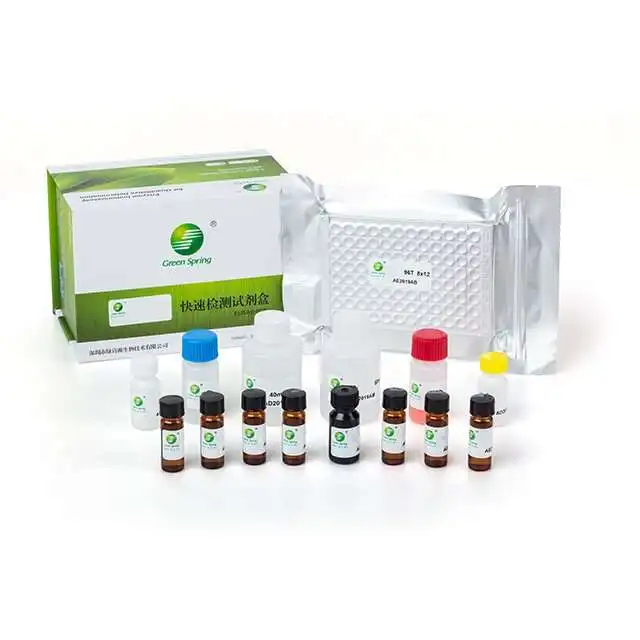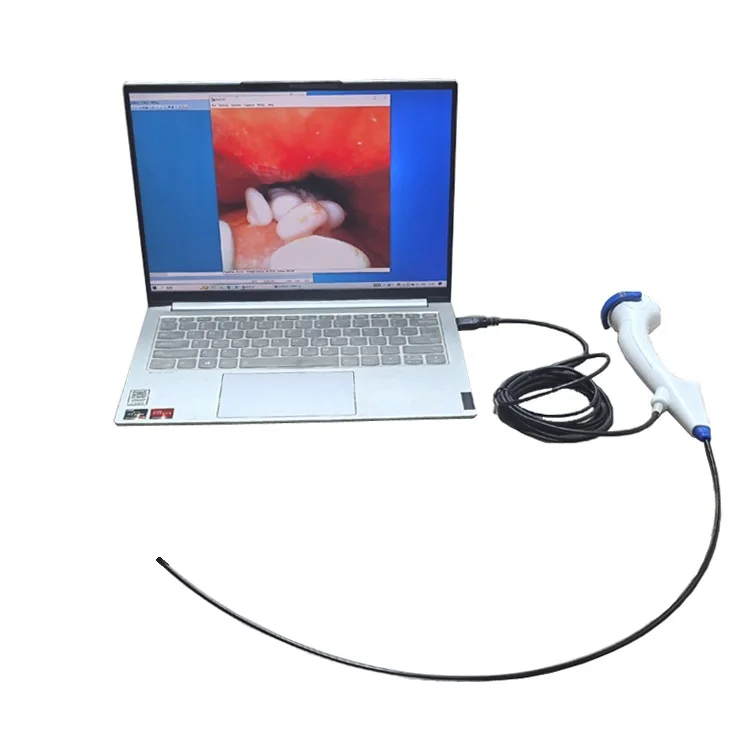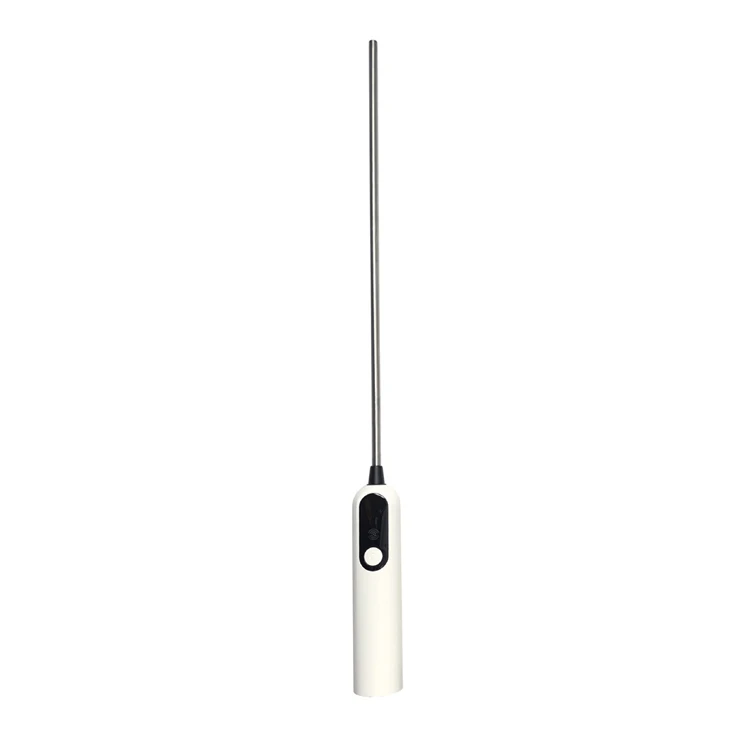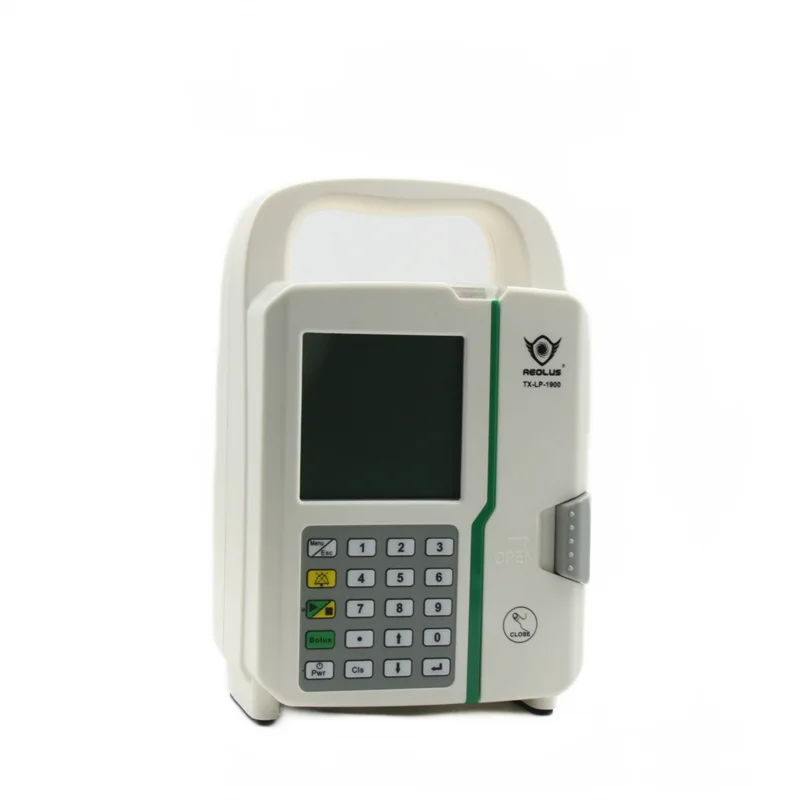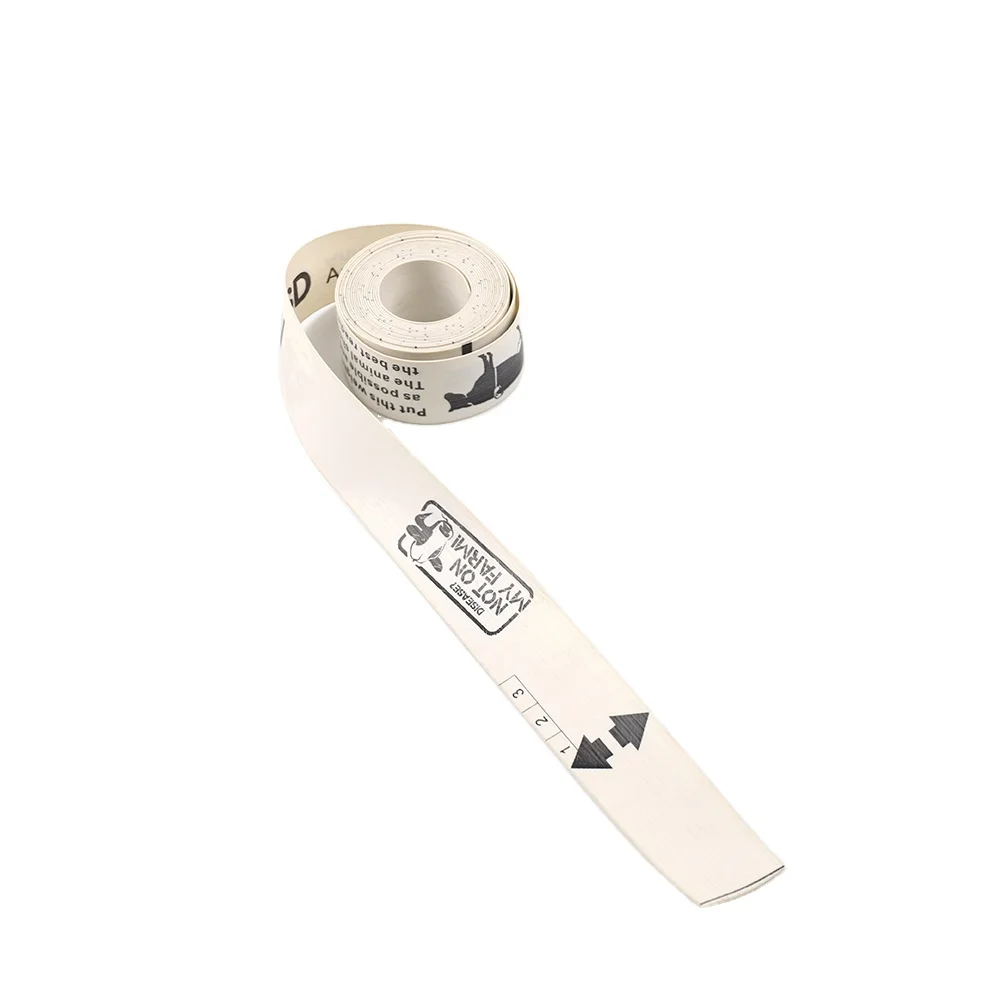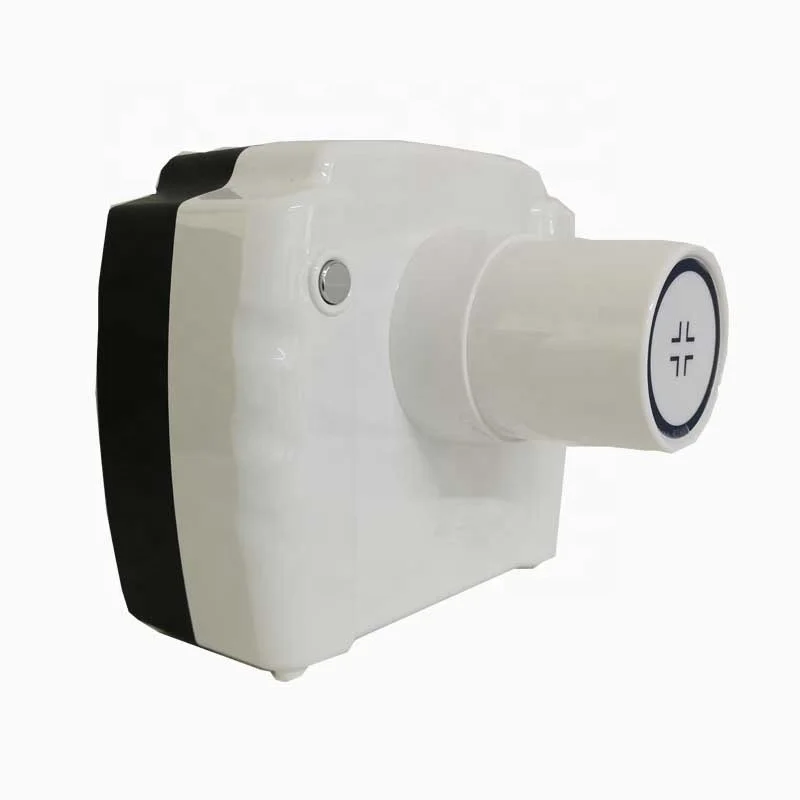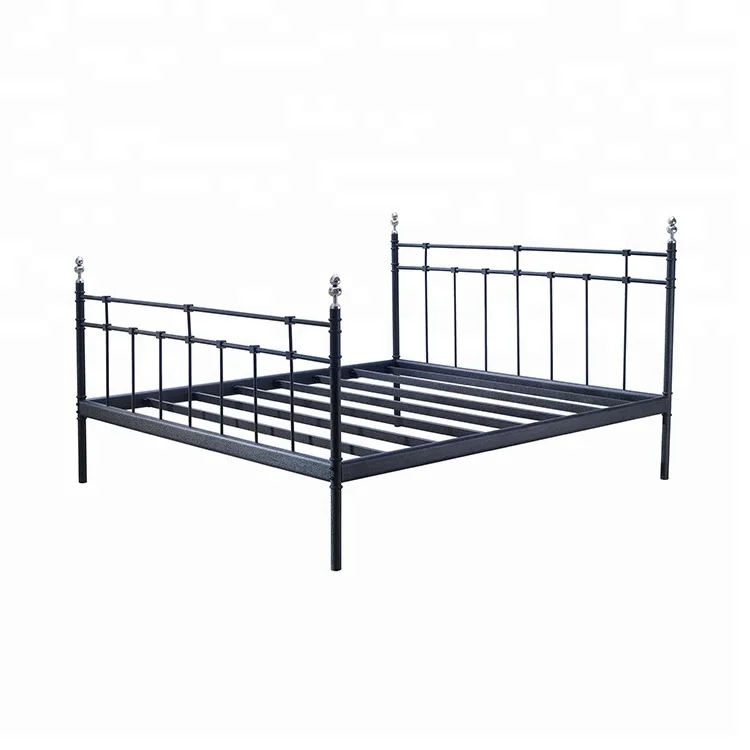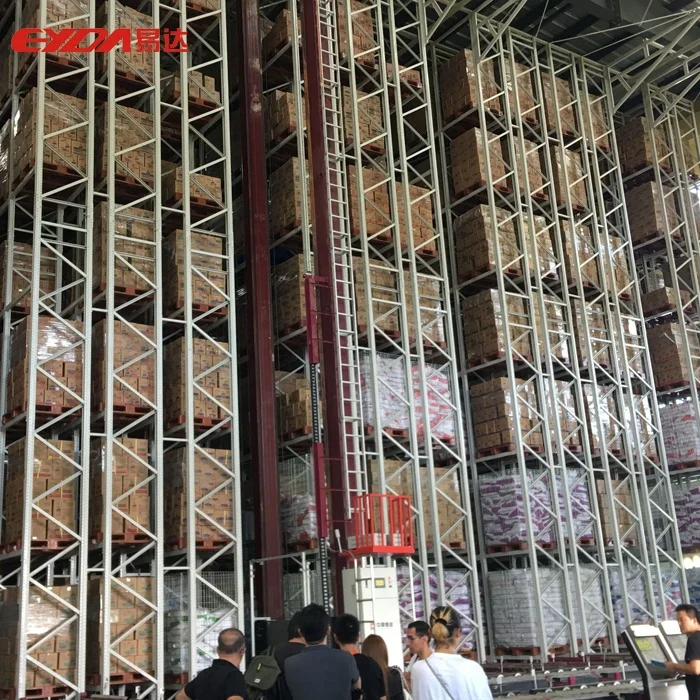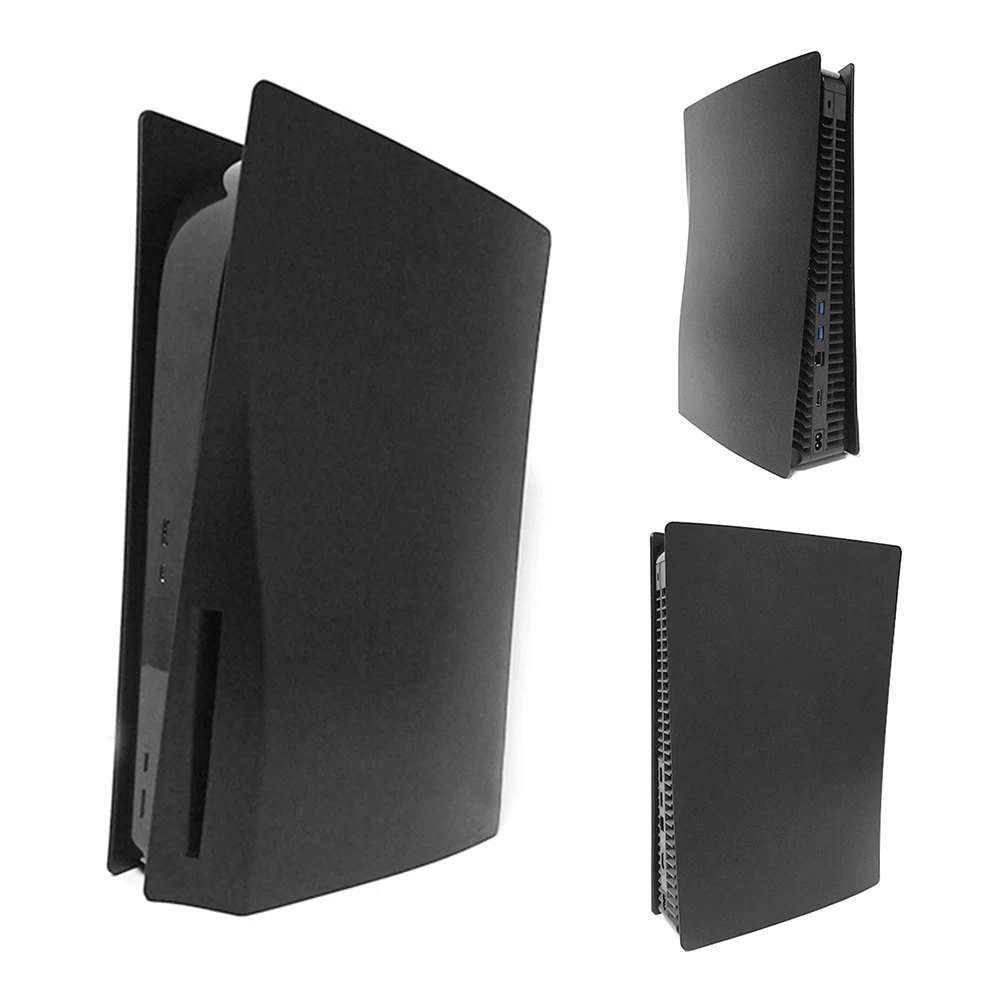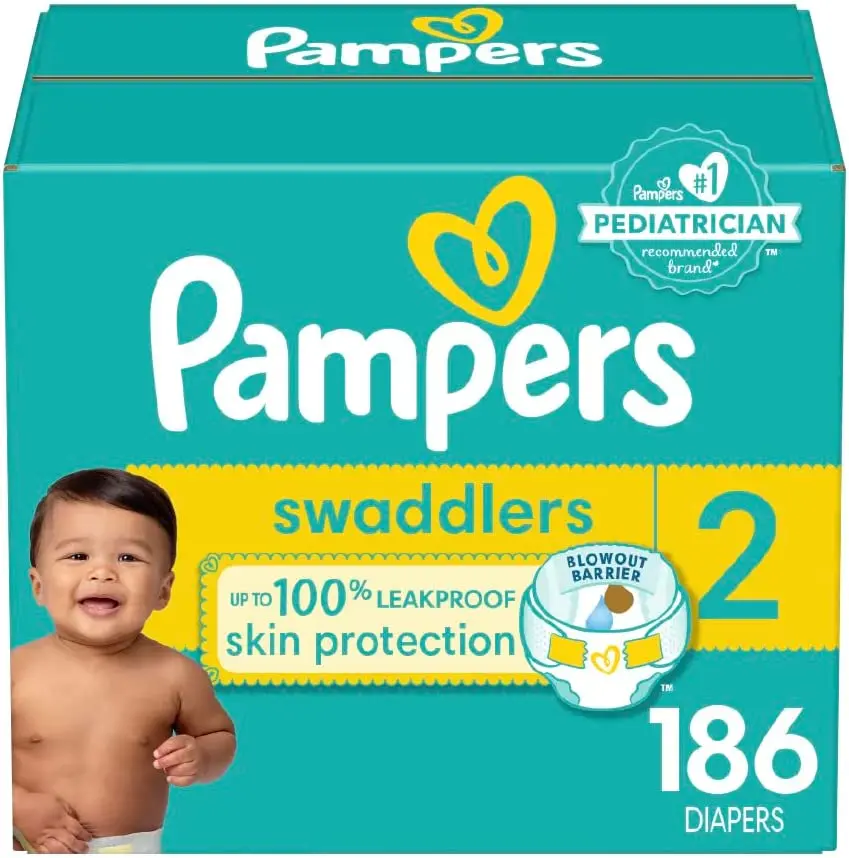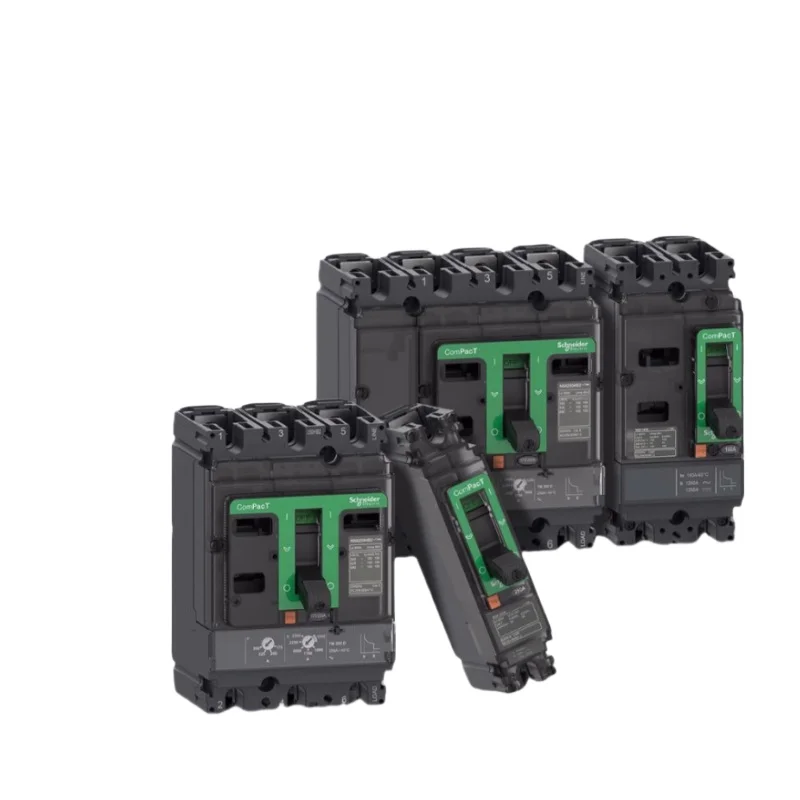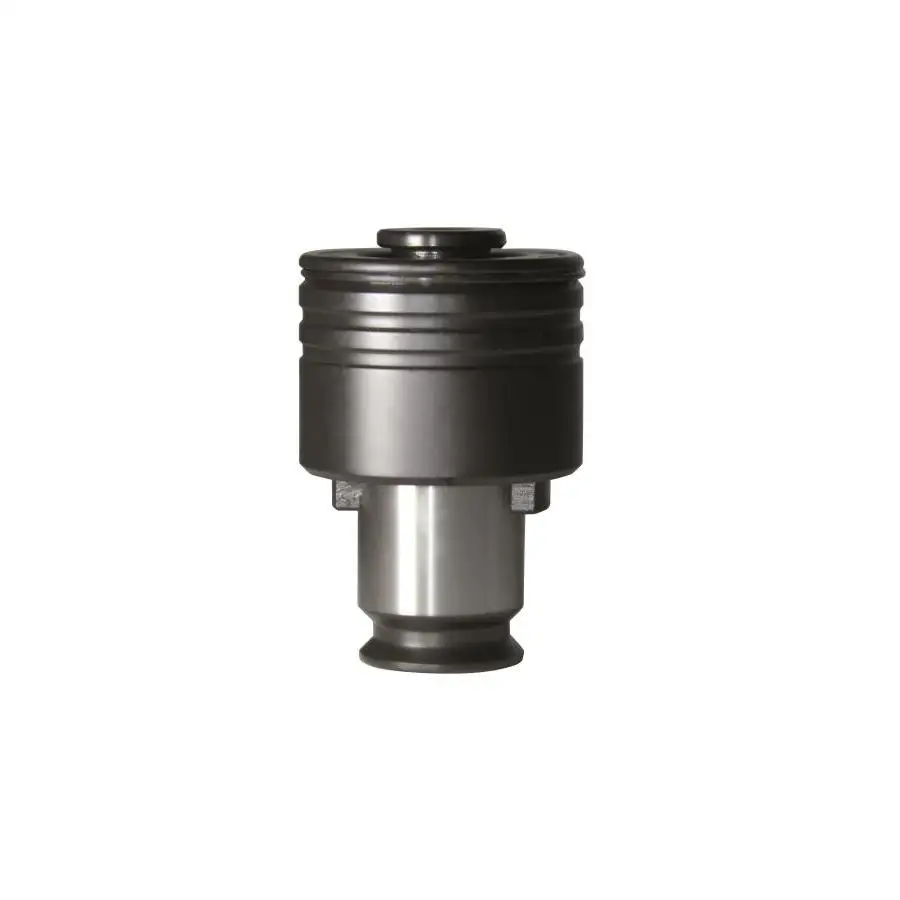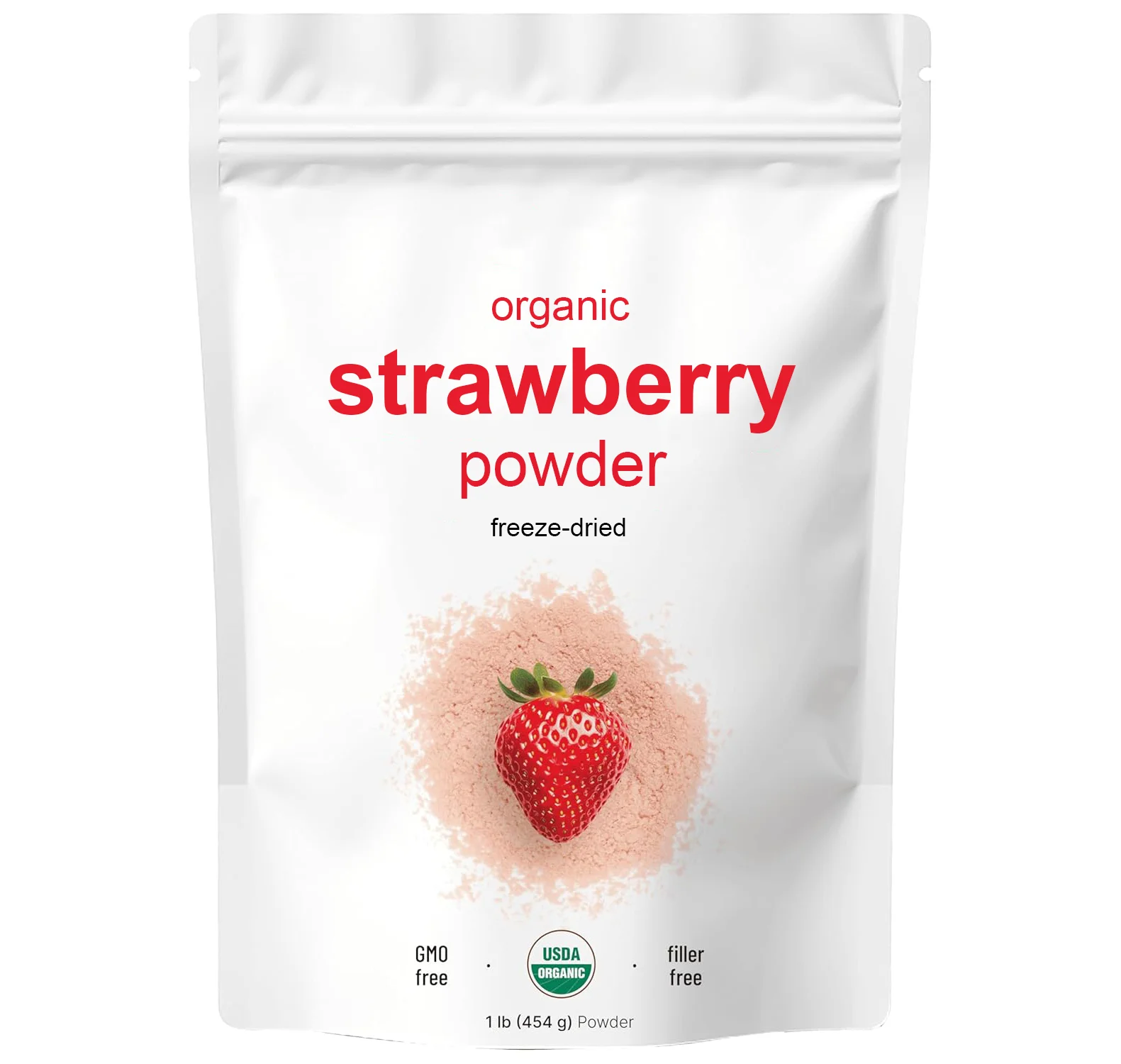Зеленый весенний LSY 10070 Ивермектин ELISA тестовый набор для салфеток молока
- Категория: >>>
- Поставщик: Shenzhen Lvshiyuan Biotechnology Co. Ltd.Shenzhen Ltd.
Сохранить в закладки 1601269958836:
Описание и отзывы
Характеристики
Green Spring Ivermectin ELISA Test Kit
Catalog No. LSY-10070
1. Principle
This test kit is based on the competitive enzyme immunoassay for the detection ofIvermectin in the sample. The coupling antigens are pre-coated on the micro-well stripes. TheIvermectin in the sample andthe coupling antigens pre-coated on the micro-well stripescompetefor theanti-Ivermectin antibodies. After the addition of the enzyme conjugate, the TMB substrate is added for coloration. The optical density (OD) value of the sample has a negative correlation with the Ivermectin in it. This value is compared to the standard curve and theIvermectin concentrationis subsequently obtained.
2. Technical specifications
Sensitivity: 2ppb
Detection limit
Tissue 16ppb
Liquid milk 20ppb
Note: ppb= ng/ml or ng/g
Cross-reaction rate
Ivermectin100%
Avermectin400%
Eprinomectin40%
Doramectin24%
Recovery rate
90±30%
Precision:the coefficient of variation of the kit is less than 10%
3. Components
1) Micro-well strips: 12 strips with 8 removable wells each
2) 6× standard solution (1mL each): 0ppb,2ppb,6ppb, 18ppb,54ppb,162ppb
3) 11X ConcentratedEnzyme conjugate (0.7 mL)
4) Enzyme conjugate dilution (7 mL)
5) Substrate A (7 mL)
6) Substrate B (7 mL)
7) Stop solution (7 mL)
8) 20×concentrated washing buffer (30 mL)
9) Redissolving solution (50 mL)
10) Tissue sample treatment solution (10mL)
4. Materials required but not provided
1) Equipments:microplate reader (450nm, 630nm), printer, homogenizer, nitrogen-drying device, vortex, shaker, grinder,centrifuge (4000r/min and above), measuring pipets, balance (a reciprocal sensibility of 0.01 g), incubator(25℃), timer;
2) Micropipettors: single-channel 20-200 µL, 100-1000 µL, andeight-channel 30~300 µl;
3) Reagents (AR): Methanol, deionized water
5. Sample pre-treatment
Instructions
The following points must be dealt with before the pre-treatment of any kind of sample:
1) Only the disposable tips can be used for the experiments and the tips must be changed when used for absorbing different reagents;
2) Before the experiment, each experimental equipment must be clean and should be re-cleaned if necessary, in order to avoid the contamination that interferes with the experimental results.
Solution preparation before sample pre-treatment:
Washing buffer: 1 part20× concentrated washing buffer + 19 parts deionized water.
5.1 Tissue
1) Take 2.0±0.05g homogenized tissue sample into a 50ml centrifuge tube;
2) Add 2mlMethanol, 100ulTissue sample treatment solution accordingly,vortex for 5min until tissue sample separate;
3) Centrifuge at 4000r/min at room temperature (25±2℃) for 10min;
4) Take 200ul up-layer clear liquid, add 400ulredissolving solution, vortex for 10S and mix evenly;
5) Take 50 µL for analysis.
Fold of dilution of the sample: 6
5.2 Milk
1) Take 1ml milk sample into a 10ml centrifuge tube;
2) Add 3mlMethanol, vortex for 1min;
3) Centrifuge at4000r/min at room temperature(25±2℃) for10min;
4) Take 200ul up-layer liquid, add 400ul redissolving solution, vortex for 10S and mix evenly;
5)Take 50 µL for analysis.
Fold of dilution of the sample:10
6.ELISA procedures
Instructions
1. Bring all reagents and micro-well strips to the room temperature (20-25℃).
2. Return all reagents to 2-8℃immediately after use.
3.The reproducibility of the ELISA analysis, to a large degree, depends on the consistency of plate washing. The correct operation of plate washing is the key point in the procedures of ELISA.
4. For the incubation at constant temperatures, all the samples and reagents must avoid light exposure, and each microplate should be sealed by the cover membrane.
Operation procedures
1. Take out all the necessary reagents from the kit and place at the room temperature (20 to 25 ℃) for at least 30 minutes. Note that each liquid reagent must be shaken to mix evenly before use.
2. Take the required micro-well strips and plate frames. Re-sealed the unused microplate, stored at 2-8℃, not frozen.
3. Numbering: number the micro-wells according to samples and standard solution; each sample and standard solution should be performed in duplicate; record their positions.
4. Enzyme conjugate preparation: take 1 part11X ConcentratedEnzyme conjugate, add 10 partsEnzyme conjugate dilution, dilute at 1:10, get the ready to use Enzyme conjugate.
5. Add 50µL of the sample or standard solution to separate duplicate wells,then add enzyme conjugate, 50µL each well.Mix gently by shaking the plate manually, seal the microplate with the cover membrane, andincubate at25 ℃ at darkfor30 minutes.
6. Pour liquid out of microwell, add250 µL/well of washing buffer for 15-30 seconds, repeatthree to four times, then flap to dry (if there are the bubbles after flapping, cut them with the clean tips).
7. Coloration: add50 µL ofthe substrate A, then add 50uL of the substrateB into each well. Mix gently by shaking the plate manually, andincubate at25 ℃ for15 minutes at dark for coloration.
8. Determination: add 50 µL of the stop solution into each well. Mix gently by shaking the plate manually. Set the wavelength of the microplate reader at 450 nm to determine the OD value (Recommend to read the OD value at the dual-wavelength 450/630 nm within 5 minutes).
7. Result judgment
Quantitative determination
The mean values of the absorbance values is equivalent to the percentage of the average OD value (B) of the sample and the standard solution divided by the OD value (B0) of the first standard solution (0 standard) and subsequently multiplied by 100%, that is,
Percentage of absorbance value = | B | ×100% |
B0 |
B—the average (double wells) OD value of the sample or the standard solution
B0—the average OD value of the 0 ng/mL standard solution
Draw the standard curve with the absorption percentages of the standard solutions and the semilogarithm values of theIvermectin standard solutions (ng/mL) as Y- and X-axis, respectively. Read the corresponding concentration of the sample from the standard curve by incorporating its absorption percentage into the standard curve. The resulting value is subsequently multiplied by the corresponding dilution fold, thus finally obtainingIvermectin concentration in the sample.
8. Precautions
1). The room temperature below 20 ℃ or the temperature of the reagents and the samples being
not returned to the room temperature (20-25 ℃) will lead to a lower standard OD value.
2). Dryness of the microplate in the washing process will be accompanied by the situations
including the non-linear standard curves and the undesirable reproducibility; So continue to next
step immediately after washing.
3). Mix evenly before adding any reagents.
4). The stop solution is the 2 M sulfuric acid solution, avoid contacting with the skin.
5). Do not use the kit exceeding its expiry date. The use of diluted or adulterated reagents from the
kits will lead to the changes in the sensitivity and the detecting OD values. Do not exchange the
reagents from the kits of different lot numbers to use.
6). Storage: store at 2-8 ℃, not frozen. Put the unused microplate into an auto-sealing bag to
re-seal it. The standard substance and the colourless color former is light sensitive, and thus they
cannot be directly exposed to the light.
7). Discard the colouration solution with any color that indicates the degeneration of this solution.
The detecting value(450/630nm) of the 0 standard solution (0 ppb) of less than 0.5((A450nm<0.5))
indicates its degeneration.
8). After adding substrate, the color reaction time is 15min. If the color is too light, can extend the time to 20min(or longer),but not beyond 30min; otherwise, shorten the reaction time.
9). The optimum reaction temperature is 25 ℃, and too high or too low temperatures will result in
the changes in the detecting sensitivity and OD values.
9. Storage and expiry date
Storage: store at 2-8 ℃, not frozen.
Expiry date: 12 months; date of production is on box.
ORDER PROCEDURE
Negotiation – Confirm invoice – Payment (T/T or Western Union or Via Alibaba) – Prepare goods – shipment by FedEx – Providing Tracking No.—Feedback
Our Veterinary Drugs Residues ELISA Test Kits
Product Code | Product Name | Spec | Sensitivity (ppb) | Sample Performance |
LSY-10026 | Melamine ELISA test kit | 96 well/kit | 0.5 | Milk, milk powder,candy, cheese, butter |
LSY-10021 | Diazepam ELISA Test Kit | 96 well/kit | 0.1 | Tissue, Urine, Feed |
LSY-10025 | Olaquindox ELISA Test Kit | 96 well/kit | 0.2 | Tissue, Feed |
LSY-10046 | Olaquindox metabolites (MQCA) ELISA Test Kit | 96 well/kit | 0.2 | Tissue, feed |
LSY-10066 | Carbadox metabolites (QCA) ELISA Test Kit | 96 well/kit | 0.2 | Tissue |
LSY-10052 | Amantadine ELISA test kit | 96 well/kit | 0.2 | Chicken, duck |
LSY-10060 | Avermectin ELISA test kit | 96 well/kit | 0.5 | Tissue, milk |
LSY-10070 | Ivermectin ELISA Test Kit | 96 well/kit | 2 | Tissue, milk |
LSY-10063 | Nicarbazine ELISA test kit | 96 well/kit | 0.1 | Tissue, Feed |
LSY-10071 | Flunixin ELISA test kit | 96 well/kit | 0.05 | Tissue, milk |
We are Shenzhen Lvshiyuan Biotechnology Co.,Ltd (www.lsybt.com), professional manufacturer and exporterof the most advanced Food Safety ELISA test kit(e.g. Nitrofuran (AMOZ, AOZ, AHD, SEM) ELISA kit, Clenbuterol ,Ractopamine ELISA kit), Animal Disease Diagnostic kits(e.g. Swine FMD lgG Distinguish kit,PRRS,PRV ELISA kit, NDV,IB,IBD ELISA kit),small molecule antigen and antibodies, gene recombination antigen and antibodies, etc.
Our advantages at the Diagnostic kits/ ELISA test kits field are as following:
* ISO9001&ISO13485 certificated company
* Own a high-quality R&D team with many years of experience on bio-diagnostic field.
* Professional manufacturer of ELISA test kits, offer OEM service.
*At present, our products have been exported to over 40 countries, such as United States, Belgium, France, Korea, Germany, Singapore etc.
*Delivery time: 1-3 days after confirmation by FedEx,EMS or other cheaper ways.
ISO9001 Certificate




Похожие товары
Новое поступление прочный оптовая продажа медицинская Гибкая камера-эндоскоп для бронхоскопа лидер продаж ветеринарный эндоскоп
Эндоскопическая эндоскопическая камера
Медицинская лаборатория ветеринарный микроскоп анализатор животных сперматозоид с дисплеем
Инфузионный насос для сыворотки объемный внутривенный шприц инфузионный анальгезии
Benchtop 500 мл низкоскоростная лабораторная Центрифуга ветеринарный инструмент
Весы для измерения веса крупного рогатого скота
Портативный рентгеновский панорамный стоматологический аппарат
Новые поступления
Новинки товаров от производителей по оптовым ценам
